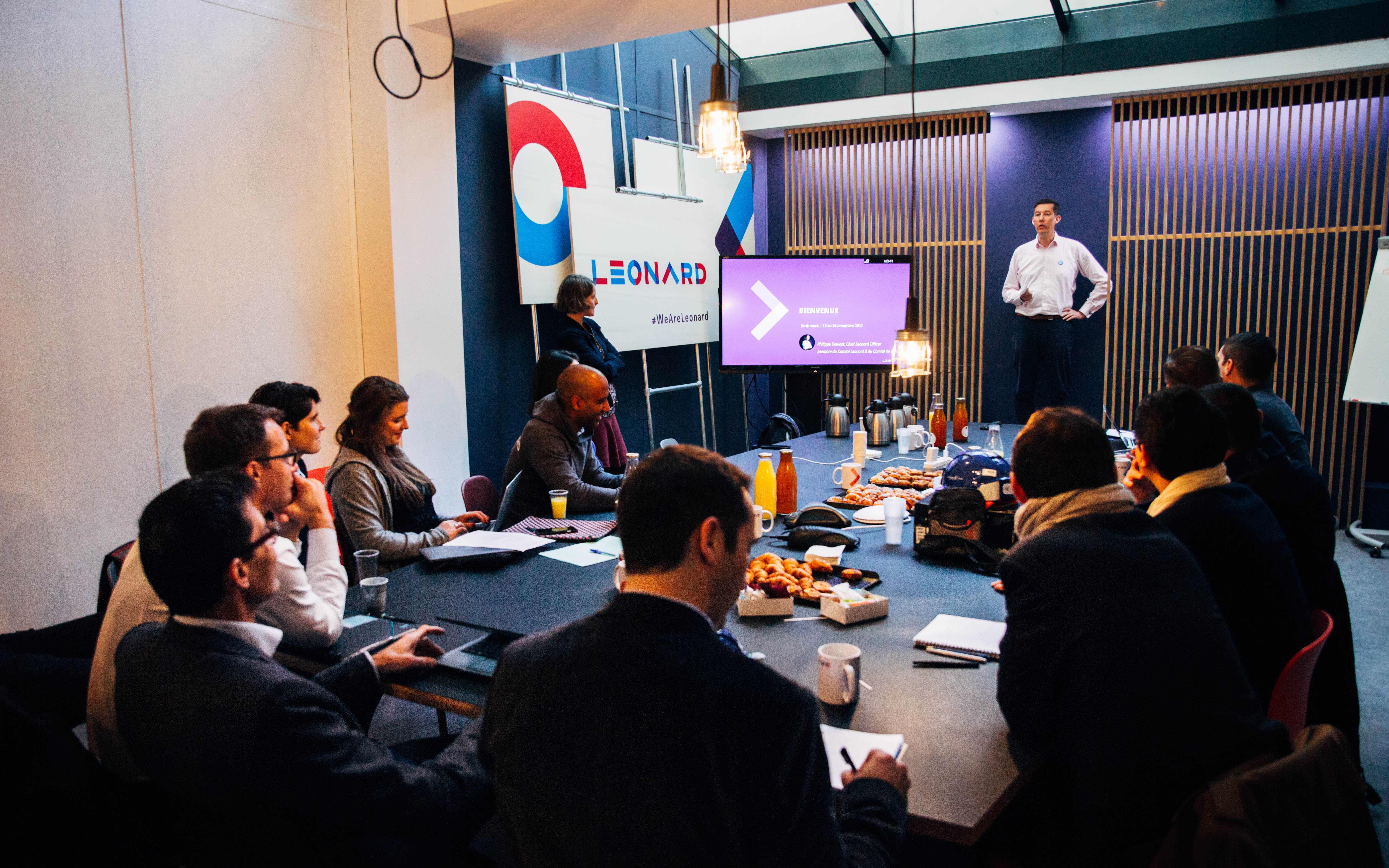
The term “intrapreneurs” refers to employees who are encouraged by their employer to develop a new business within their company. Though its quirky wordplay may elicit a chuckle at first glance, this neologism contains an interesting and intrinsic contradiction: it evokes autonomy and initiative, and at the same time places these concepts within an organization based in part on control. This antithesis also figures into the famous definition given by Pinchot:
“Intrapreneurs are the dreamers who do.”
And we can see the same thing when we look at the concept in practice; concerning barely 9% of companies, according to Deloitte, intrapreneurship is still little more than wishful thinking in France, as current programs have yet to fully mature. And yet… employees (12% of staff), for their part, are clamoring for more: 90% of those who have already taken part in an initiative say they are eager to do it again!
Intrapreneurship is slowly emerging as an essential part of any “corporate” innovation approach, as well as an increasingly powerful tool for attracting the top talent companies need to recruit and, above all, retain.
Companies have every interest in following this trend with a keen eye, while anticipating the difficulties and misunderstandings it may cause.
Understanding what intrapreneurship is not
Let’s start with the misunderstandings, shall we?
Intrapreneurship is not just another word for management “in project mode”, nor is it a veiled attempt at overworking employees. Still less is it a form of compulsory participation in an innovation race or yet another continuous improvement scheme. And it is certainly not an incremental approach to optimizing existing processes and organizations.
On the contrary, intrapreneurship constitutes a transformative approach based on testing and experiments, a method of “creative chaos” aiming to detect and encourage “outside the box” projects.
On top of that, when seen from the intrapreneur’s perspective, it’s also a fully approved maturation process that is needed to kickstart any activity that lies off the beaten path. It’s above all a modest approach that forces employees to get out of their comfort zone and take the plunge…
These are the fundamental convictions on which Leonard launched its intrapreneurship program last summer.
Accepting the possibility of failure
But we certainly cannot gloss over the question of failure, which in France is often brought up much too early and often in subtle ways; while the “right to make mistakes” is no longer taboo, it has yet to fully sink in within our culture.
And yet, as French philosopher Charles Pépin observes in his most recent essay, “daring means daring to fail”.
And that is what all of our 2017 class of intrapreneurs hold in common: a desire to confront the possibility of failure, the boldness to aim for success, the determination to learn no matter what happens. In a word, the courage to take the initiative and explore the risks, with their sights set on the future of the Group.
In such a context, companies can do no better than to supply its women and men with the material resources they need to carry out their project. That’s why our program is organized into two separate but equally intensive phases:
- the incubation phase, lasting 4 months, during which time the intrapreneur can spend 1 day a week defining and developing their project,
- the acceleration phase, also lasting 4 months, when they can devote 100% of their attention to their project.
Measuring the (true) success of intrapreneurship
People sometimes ask us about our goal when selecting projects at the start of the program, at the end of the incubation period and the conclusion of the acceleration phase; I don’t think it makes much sense to ask that question at this stage, just as you wouldn’t choose a net until you saw the size of the fish…
As of now, we cannot measure the program’s success based on the number of completed projects it has produced or the number of new Business Units it has developed, for the simple reason that:
- the program is only 40% developed
- this is the very first class, so we have no way of tweaking our program by comparison; the same goes for the intrapreneurs of the 2017 class, who have no alumni to turn to for tips or advice…
That means the intrapreneurs of the inaugural class of 2017 have not only had the courage to take the plunge, but they have also admirably done so in a pool that is still in construction, with a water level and temperature in constant flux…
So it seems more appropriate to my mind to judge the program’s success based on the skills acquired by the employees, who learned to test and hammer out an idea until it becomes a viable business, and who explored new approaches to ensure the success of their projects. Lastly, the intrapreneurs are, in themselves, the very capital that we aim to develop.
Combining generosity and high standards
Despite all that, we have already identified the key success factors: the involvement of top management, managers, communities of committed employees and human resources managers are all absolutely critical, especially if we want to help pass the baton from the class of 2017 to the class of 2018.
For that reason, generosity and high standards go hand in hand: when you have to say “no” and explain the reasons why, so we can let our employees know how much talent they showed in daring, analyzing and exploring, before concluding that it was time to pull back or shut down.
But also to know how to say “yes” and test the audacity to succeed throughout all our businesses at VINCI!
And therein lies our ambition with Leonard: to serve as the bridge between individual expertise and creative energies, the catalyst of internal culture and the amplifier of all the incredible talent that abounds at our Group.